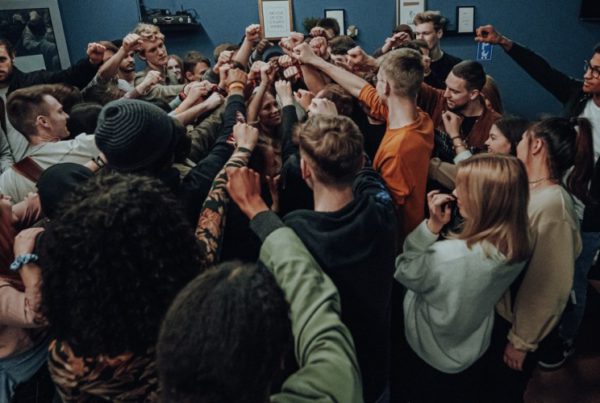One of the key lessons from the Covid crisis is that relationships matter in strategic sourcing. For solid relationships, procurement needs to have skin in the game.
When chains started to break in March and supplies tightened, suppliers allocated scarce quotas to buyers with whom they had the best relationships. Relationship management is part of risk management.
Buyers who treated their suppliers as vassals who would (and presumably should) do anything for “the business” suffered disproportionately during the Covid supply chain shock of 2020.
Relationship management is a subset of a broader problem when it comes to risk.
Procurement is an exercise in risk management that buyers in the pre-Pandemic period treated as a pure cost optimization function. Instead of managing risk and preparing for uncertainty, buyers pursued cost minimization relentlessly and ruthlessly, concentrating supplies for marginally lower unit costs, offshoring to emerging markets, etc. We’ve written about this previously.
Buyers obtained false comfort from the thought that they forced their suppliers to take all the risk, giving the buyer putatively infinite optionality in the pre-Pandemic regime.
For example, they issued RFIs with pages of detailed questions instead of paying for market research in individual vertical categories. Suppliers responded with the hope that this was a preliminary step in an acquisition process that would be a fair fight, only to discover that there was never any genuine intention to purchase.
Buyers could force suppliers to take input price risk, or supply disruption risk (force majeure, qu’est-ce que c’est?), or other sorts of risk, all while driving a hard bargain on price.
Yet, many of these same hard chargers would proselytize simultaneously for collaboration and partnership.
The Covid crisis was the harshest test of the buyer’s true commitment to collaboration.
Here’s Miguel Cassio from Gartner speaking at the Gartner Supply Chain Symposium:
“During these turbulent times of Covid-19 we’ve all been starving for that capacity of suppliers. Guess who’s been getting that capacity? Preferred customers of these suppliers. So increasing collaboration with suppliers makes sense and there are tangible benefits to be had.”
Collaboration, practically, means partnership. The buyer partners with the supplier to work together on innovating new solutions. Both sides jointly develop capabilities relevant to the problems the buyer business units seek to solve. Buyers and suppliers evolve together, symbiotically.
One thesis for the lack of collaboration is its infrequency. Structuring these meetings around quarterly performance reviews removes the focus on joint development and demotes the discussion to the quotidian from the strategic.
Here again is Cassio:
“The first one is access to leadership, it has to be constant, and cross functional. [sic]
“This means no more QPRs [quarterly performance reports] or executive meetings where your suppliers are just sending someone from sales, and you’re just sending someone from procurement. No, these meetings usually have to involve the senior leaders across different stakeholders so that you can think and speak about the different things that the relationship needs.”
For buyers to have “skin in the game” means that buyers are sharing in the risk and sharing in the innovation. And it means frequent communication with a broad variety of people from both the buyer and the supplier firms.
EdgeworthBox is a platform that sits as a layer in the procurement technology stack with collaboration as a central feature. We bring features from financial markets to help buyers get superior value-for-money and to help suppliers get a cleaner sales process with more customers. Adding our solution to the incumbent infrastructure makes procurement social with our messaging platform that connects buyers to buyers, suppliers to suppliers, and buyers to suppliers. Collaboration can be frequent, relevant, and multi-dimensional in our framework. in addition to connecting players from across the enterprise into the procurement process. Check out this short video.




